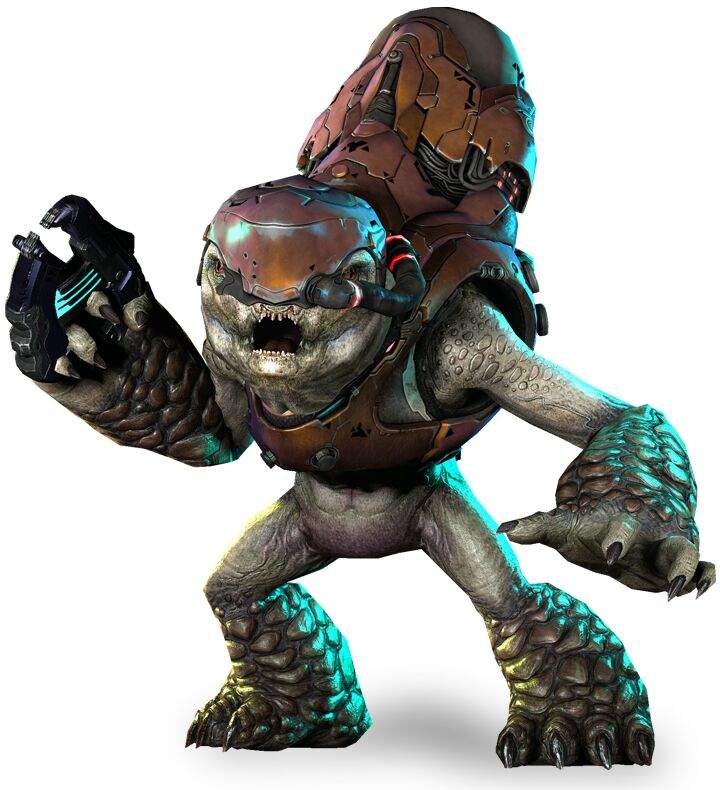
Watchers are the most annoying of the bunch. Knights are the bi-pedal units – they look like human skeletons encased in glowing carapace-like armour and they have a nasty habit of teleporting to safety when the player reduces their health significantly. Crawlers are the grunt units – these four-legged horrors can cling to any surface and usually come armed with a pistol or machine gun, which augments their vicious melee attack. The Prometheans are split between three unit types: Crawlers, Knights and Watchers. Play for longer than an hour, however, and you'll begin to take in the changes 343 have made to the Halo universe – notably in the form of the Prometheans, the brand new enemies of Halo 4, who seem to be the result of some sort of horrific merging of human flesh and digital steel.

Halo 4 Photograph: Copyright, Microsoft, 2009.

Oh, and since it's the new entry in the Xbox 360's FPS flagship franchise, it'd better sell by the lorryload too. They've been tasked with producing a game that moves the Halo franchise forward, while remaining true to the expectations of its fan base and its legacy.
#Halo 4 grunt crack
As the first studio to have a crack at the Halo franchise since original developers Bungie jumped ship, 343 have a pretty tough checklist. It's a question that must have kept the development dream team at 343 Industries up at night.

So how does a developer put their personal stamp on this kind of game? In other words, how much innovation is there room for in the creative process, when the game one is working on is Halo 4? H ere's a conundrum for any armchair games developers out there: how would you go about creating a new instalment in a franchise that both the fans and the owners of the IP in question want to stay as close to the last entry possible? In games, innovation and pushing the envelope are practically required, as well as expected.


 0 kommentar(er)
0 kommentar(er)
